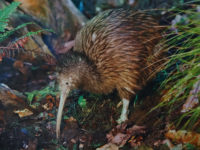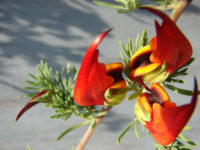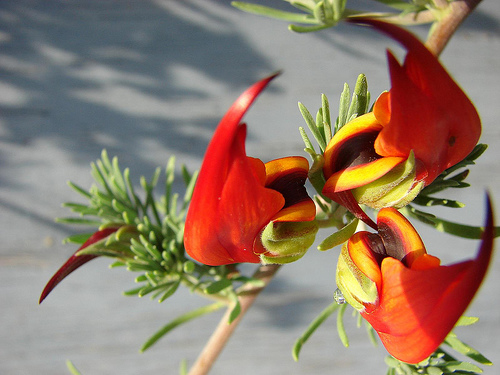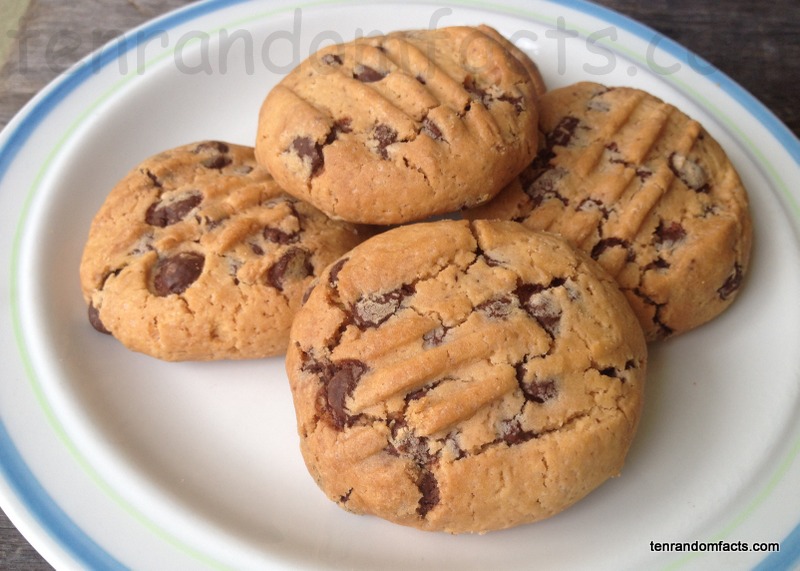
The mouth-watering fragrance really lifts from the waffle iron.
- Waffles are relatively flat baked goods, with an embossed lattice-like pattern, made of flour; and they are often associated with Belgium.
- ‘Waffles’ have also been known as ‘wafles’, while variants include ‘Belgian’, ‘American’, ‘Brussel’ and ‘Flemish’.
- The ingredients of waffles are usually a cooked batter of wheat flour, eggs, salt, milk, sugar and sometimes yeast.
- Waffles are commonly spread or covered with cream, butter, icing sugar, fruits including berries, syrup, jam or ice-cream.
- The term ‘waffle’ was derived from the Dutch word ‘wafel’, which itself came from the Proto-Germanic word ‘wabila’, meaning ‘web’ or ‘honeycomb’.
 Waffles
Waffles
Image courtesy of TheCulinaryGeek/Flickr
- Waffles typically have a light or airy feel with a crisp texture, and are golden brown in colour and are cooked in a variety of shapes, including squares and hearts.
- Waffles are cooked by pouring the batter in a patterned waffle iron that generally has a base and a lid that encloses the batter, and when heated, cooks the batter.
- The ancestor of the waffle was the ‘obleios’, a wafer cake from Ancient Greece, which from the 1200s AD became a patterned form similar to the modern one.
- The earliest known printed recipe of the waffle can be found in the late 1300s book Le Ménagier de Paris.
- The waffle’s correlation to Belgian culture was created in the World Fairs of 1962 and 1964, where Belgian cooks would serve delicious Belgian-style waffles, which became popular in America.
Bibliography:
Han E, From Wafers to Cones: A Short History of the Waffle, 2010, Kitchn, http://www.thekitchn.com/from-wafers-to-cones-a-short-h-113627
The History of the Waffle, 2015, Hub Pages, http://hubpages.com/education/The-History-of-the-Waffle
Waffle, 2016, Wikipedia, https://en.wikipedia.org/wiki/Waffle
Waffle History, 2016, Lifestyle Direct Inc, http://www.thenibble.com/reviews/main/cereals/waffle-history.asp





















